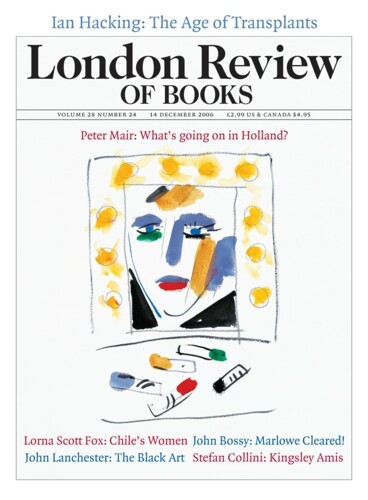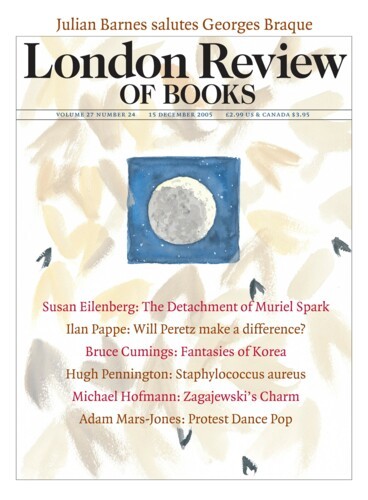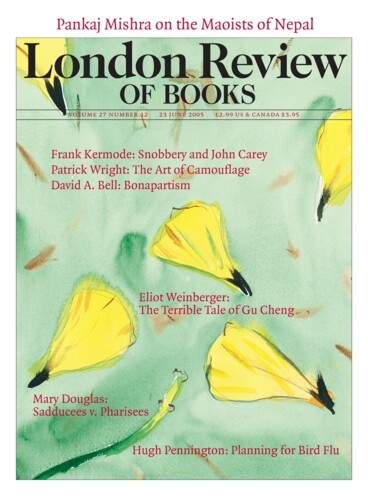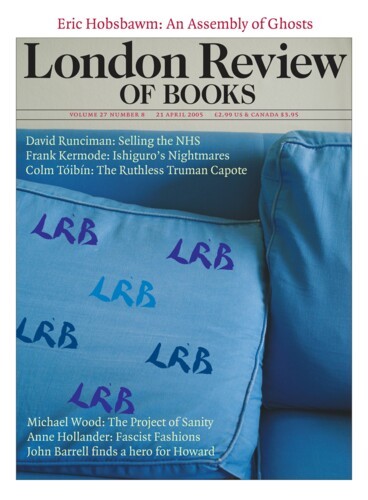Lethal Specks: polonium
Hugh Pennington, 14 December 2006
Hiroshima and Nagasaki apart, there have been very few deaths from acute radiation poisoning. Thirty-one firemen, engineers and others at Chernobyl; two physicists who fumbled when handling a sphere of plutonium at Los Alamos, one in 1946 and one in 1947; and a few others, including some contaminated by contact with illegally dumped radiation sources, are the only people to have been lethally...





